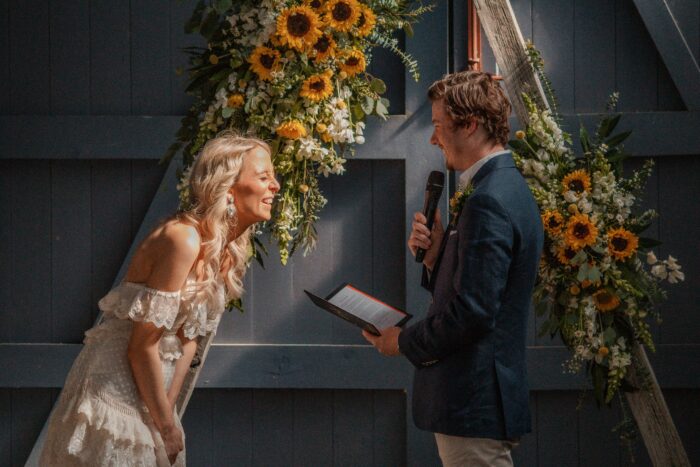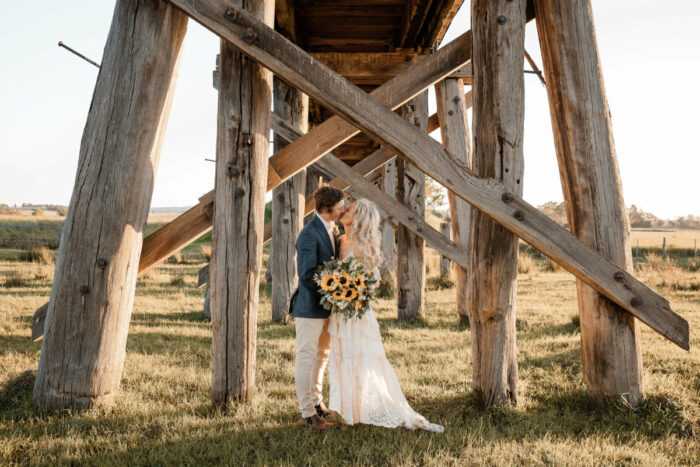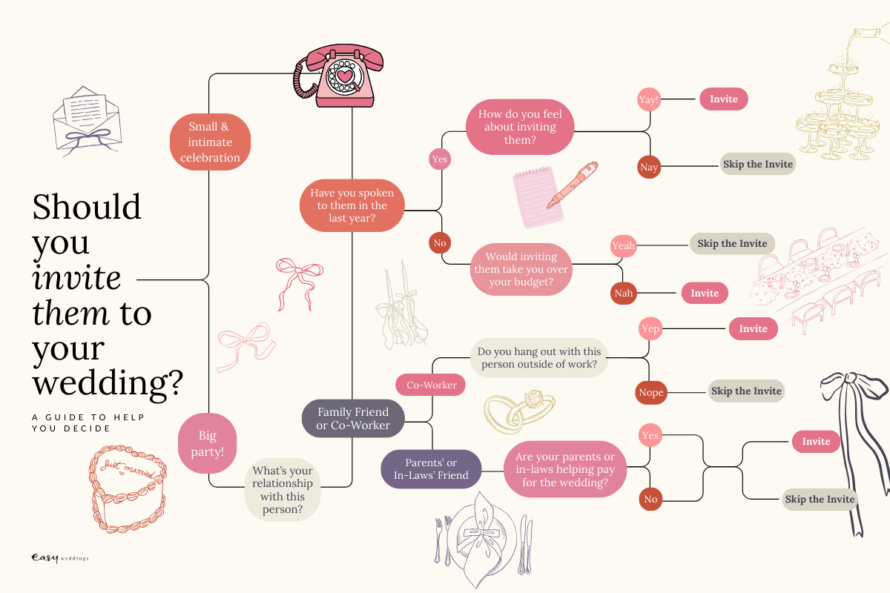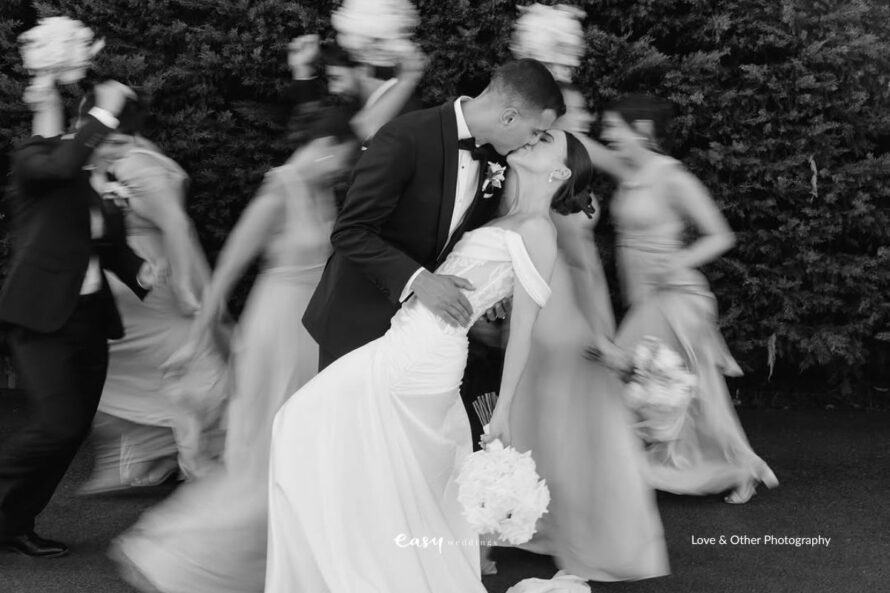You might have come across the term ‘commitment ceremony’ during your wedding planning journey. But what does it mean? What is a commitment ceremony and how does it differ from a marriage ceremony?

How a commitment ceremony works
A commitment ceremony is very similar to a wedding ceremony. The only real difference between the two is that one is legally binding while the other is not. A commitment ceremony stands as a public affirmation of a couple’s commitment to one another, without it being recognised by the law.
A commitment ceremony is typically performed by a celebrant, and it includes the exchanging of vows and rings between the couple, and often readings, poems, and any desired rituals the couple wishes to include. It may or may not include guests and accompany a wedding-like celebration.
FIND YOUR CELEBRANTWhy couples choose a commitment ceremony
In the past, a commitment ceremony was the only option for couples who could not legally marry. However, now that same-sex marriage is legal in Australia, commitment ceremonies are typically for those who prefer not to have a legally binding marriage ceremony for other reasons.
For instance, if one or both partners have been in marriages previously, they may choose to demonstrate their love for one another through a commitment ceremony.
Additionally, those who want to include rituals in their ceremony that a certified marriage celebrant is not able to perform may choose to have a commitment ceremony instead.
A commitment ceremony presents a way to profess your love for one another — whether it’s in private or before family and friends in a wedding atmosphere — without the complicated paperwork.
How to organise a commitment ceremony
If you want to hold a commitment ceremony rather than a marriage ceremony, you’ll have to do some research and find a celebrant who is willing to perform it for you.
While it may seem like “Duh! Any old marriage celebrant can do it!” some celebrants are traditional in their practice, and prefer to stick to performing legally binding wedding ceremonies. It’s best to be upfront and transparent about your wishes, so the celebrant you choose knows straight away that they’re performing a commitment ceremony and not a marriage ceremony.
After you’ve organised your ceremony, the rest is up to you! Whether you wish your commitment ceremony to be part of a full-blown wedding day, or if you’d prefer it to stand alone in a private setting, the choice is yours!



